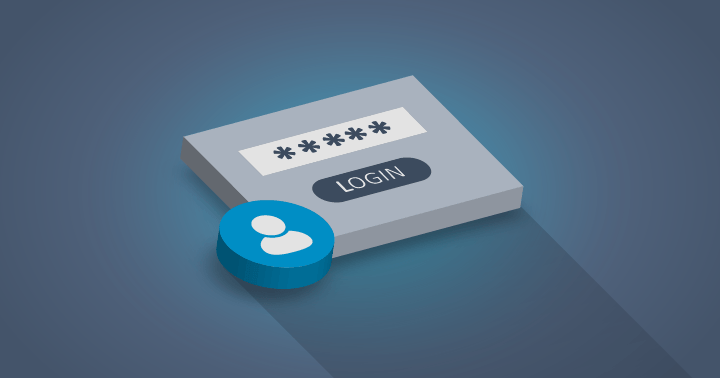5 Business Benefits of Monitoring Salesforce Login Activity

There are many situations where your business can benefit from greater insight into how users interact with mission-critical cloud applications, particularly Salesforce. By monitoring Salesforce login activity, as found in Salesforce Shield Event Monitoring audit logs, organizations can reveal potential security vulnerabilities, usage and adoption issues, and more.
For example: Could customers be exposed to fraud? Are users stealing critical data? Then there are the usage and adoption questions: Are your employees using Salesforce in the way you intended? What can top performers teach others? Where can you best spend your time (and finances)? Who needs training — and who can train?
Salesforce login activity is filled with useful information that can help answer these important questions and more. By analyzing who’s logging in, when, from where, and what they’re doing once logged in, you can uncover everything from former employees or third-party contractors who have not been properly deprovisioned to your top performers and those who might need additional training.
Here are five business benefits you can uncover by specifically monitoring Salesforce login activity.
1. Detect Security Red Flags
By monitoring a user’s geographic location, as well as when they logged in and what device they used (or if there’s an indicator they’re logged in from multiple devices), you can uncover potential security incidents. If a customer in Milwaukee suddenly starts logging in from Bangladesh, for example, it may be a red flag that a Salesforce Customer Community login has been compromised. Or perhaps you find an employee randomly logging in after hours, or remotely – in either case, an unusual occurrence for that employee. This may raise concerns about data theft, or even compromised credentials. When you spot these red flags, you can quickly shut down a specific user’s access or take other steps to mitigate the damage.
2. More Accurately Adjust Security Controls
Were profiles and permission sets changed without your knowledge? One example might be an employee who’s whitelisted their home IP address to allow remote work when such an arrangement might be restricted by your internal policies. If your security controls were adjusted by an unauthorized user, Salesforce login activity may show which user performed that unauthorized change. This can allow you to quickly restrict specific IP addresses or geographic locations to mitigate further damage.
3. Identify High Performers
Login activity can also highlight your best performers. In fact, studies show a positive correlation between sales performance and CRM adoption. Knowing which users are taking the fullest advantage of your Salesforce and other platforms can help create a benchmark that encourages other users to step up their own use of the program. You may find certain users don’t need a license at all, helping you save money by deprovisioning them from the platform or identify potential training opportunities.
4. Drive Greater Salesforce Usage and Adoption
When you monitor Salesforce logins, you can turn the data into a game for your sales staff or other key users, helping drive usage and adoption, increase ROI, and help the entire business realize the mission-critical benefits of the system. Use leaderboards to encourage more Salesforce logins — just put a screen in the department of focus and share a chart showing the users with the most and least amount of logins. Peer pressure can be a great motivator to encourage users to learn all they can to leverage your tools to their fullest.
5. Demonstrate ROI to Leadership
By monitoring Salesforce login trends, you can help ensure your licenses are being put to good use – and communicate that information to your leadership. Long-term trends that show increased logins (tied to the improvement of the business’s bottom line) can also demonstrate to leadership that the Salesforce investment has been worthwhile.
Every business can uncover quick wins by taking a closer look at how your essential cloud applications, like Salesforce, are used. This can cover data security, employee performance, and overall business system ROI and usage. By monitoring Salesforce login activity specifically, you can successfully answer make-or-break questions about user access, security, usage, adoption that affect the entire organization and its customers.
